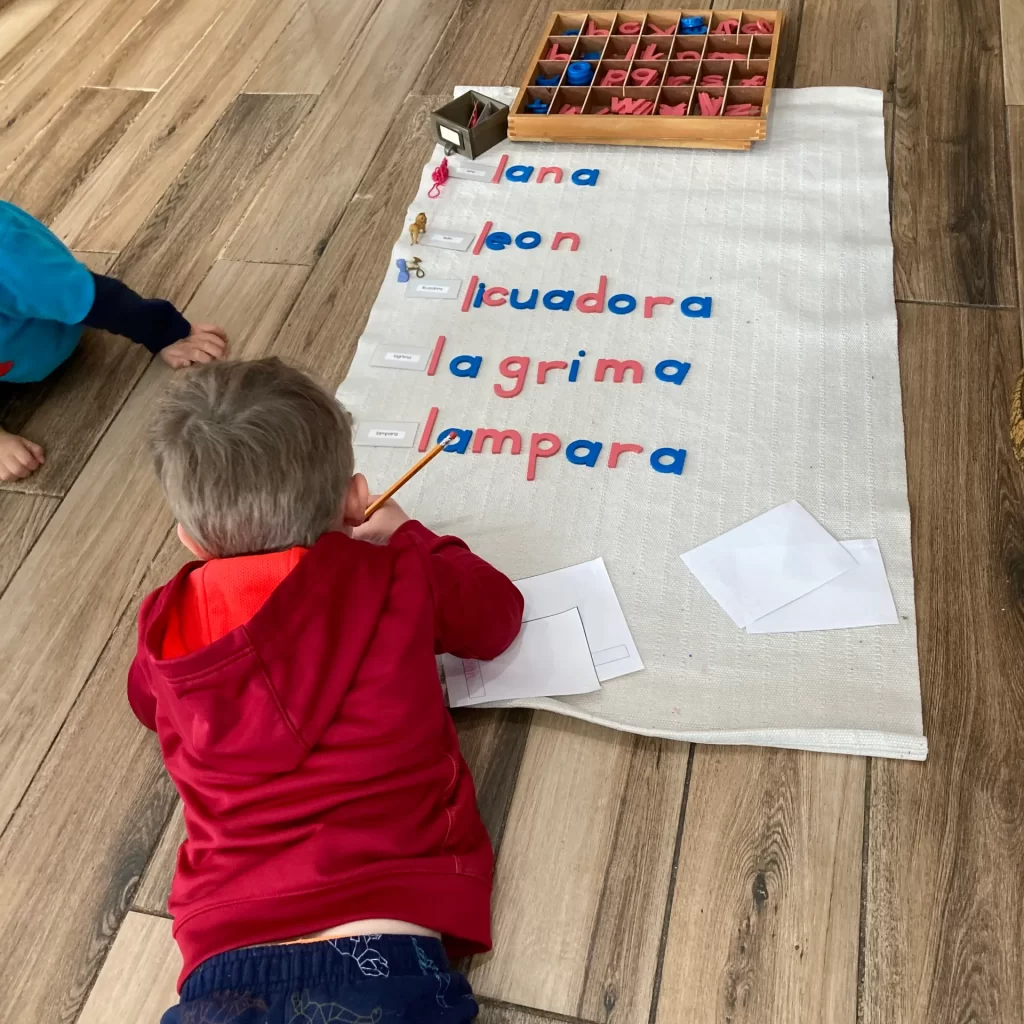Bilingualism & Immersion
What Do Bilingual and Immersion Mean?
Language Immersion is a method of teaching a language, usually a second language where the target language (in our school it’s Spanish) is used as both curriculum content and media of instruction. Bilingual education may be said to start when more than one language is used to teach content (e.g. Science, Mathematics, Social Sciences, or Humanities) rather than just being taught as a subject by itself.
Three Levels of Language Immersion Levels by Age
Early Immersion in a second language is preferable to late Immersion. Our Immersion program begins with children in a full language Immersion experience at the age of 3. Guided also by daily music experiences, songs, and rhythm, our early Immersion experience leads to fluency in both English and Spanish.
Three Main Types of Immersion
Total Immersion
In total Immersion almost 100% to 80% of the school day is spent in the second language, meaning that almost all subjects will be taught in Spanish.
Partial Immersion
Partial Immersion programs vary in their second language emphasis, spending only some (usually around half) of class time in the second language or target language. This is a 50/50 model for language acquisition.
Two-Way Immersion
An Immersion program type that has become popular in the United States is called two-way Immersion. This type can also be referred to as Bilingual Immersion, two-way bilingual, and two-way dual Immersion Bilingual. Two-way Immersion programs “integrate language minority students and language majority students in the same classroom with the goal of academic excellence and Bilingual proficiency for both student groups.”


“The child who has never learned to work by himself, to set goals for his own acts, or to be the master of his own force of will is recognizable in the adult who lets others guide his will and feels a constant need for approval of others.”
– Maria Montessori, Education and Peace
